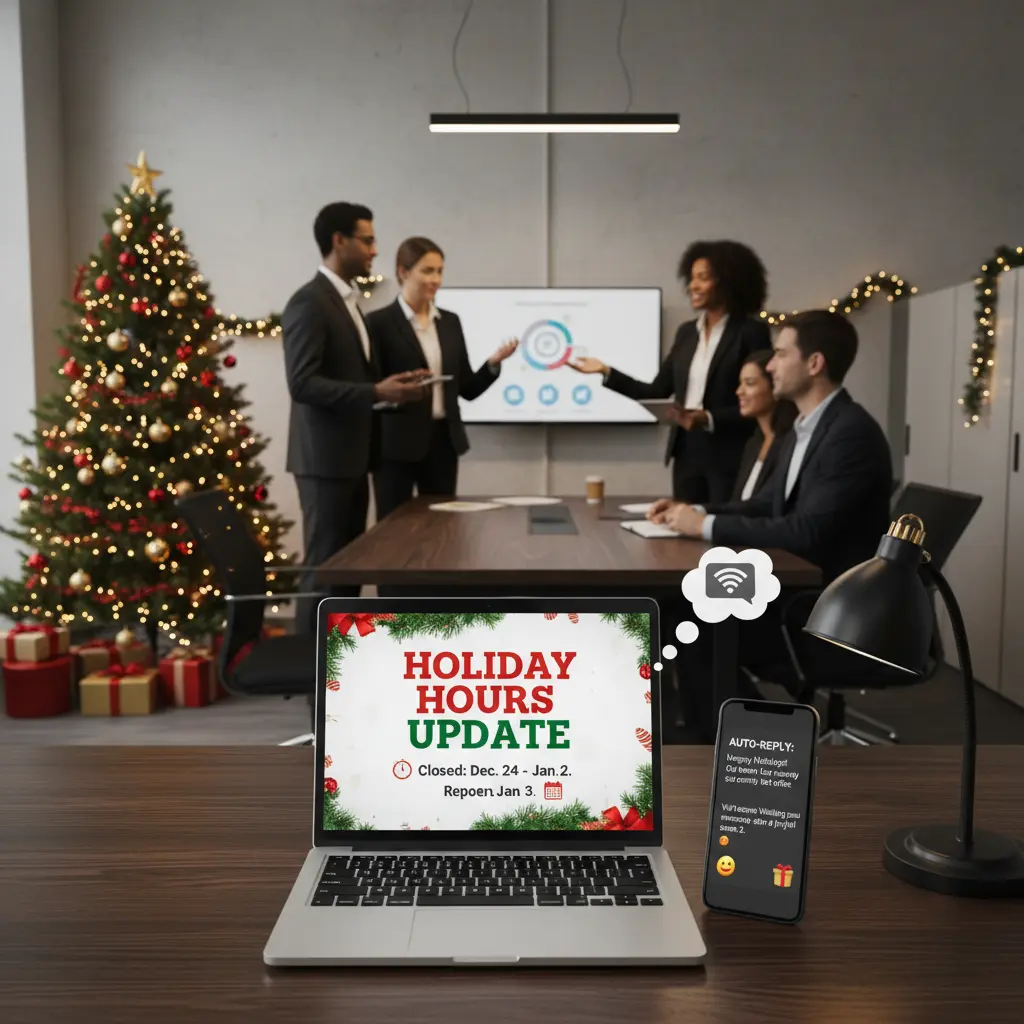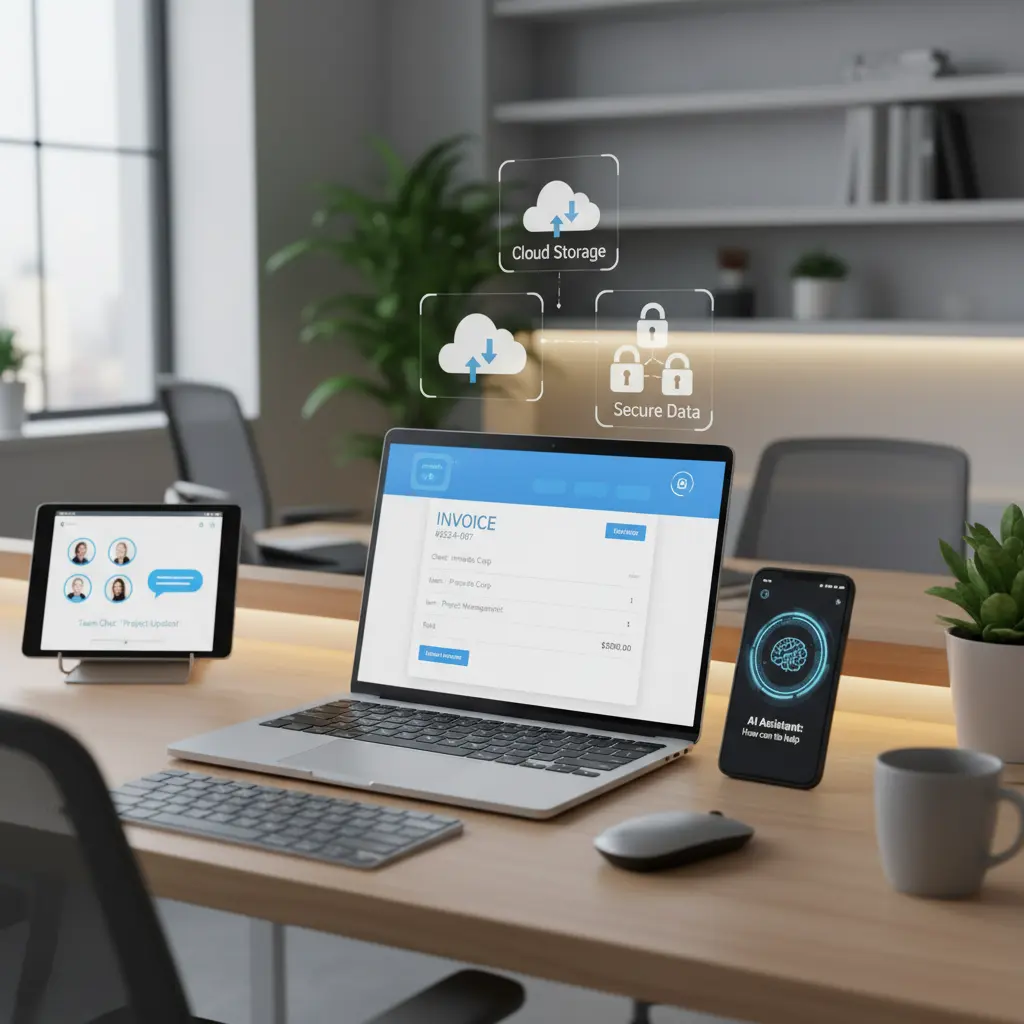
Mark your calendars: October 14, 2025 – the day Windows 10 officially reaches its end of life. After this date, Microsoft will no longer provide security updates, bug fixes, or technical support for Windows 10. But what does this mean for your business applications and productivity tools?
If you’re still using Windows 10 after the cutoff date, it’s not just your operating system that will be at risk – your critical business applications could be affected too. Let’s break down what you need to know.
Once Windows 10 support ends, there will be no more security patches. This means any vulnerabilities discovered after October 14, 2025, will remain unpatched, leaving your applications exposed to cyberthreats.
●Higher Risk Of Data Breaches: Without security patches, your applications will be more susceptible to hacking attempts, ransomware, and other malicious attacks.
●Compliance Issues: If you’re in a regulated industry (e.g., health care or finance), running applications on an unsupported OS could lead to compliance violations and hefty fines.
●Productivity Disruptions: If a cyberattack compromises your systems, it could bring business operations to a standstill.
As software vendors continue to release updates and new versions, they’ll eventually stop supporting Windows 10. This means your applications may no longer be compatible with your operating system, leading to:
●Frequent Crashes And Glitches: Applications may become unstable, crash frequently, or fail to launch altogether.
●Feature Limitations: You might miss out on new features and functionality that are only available on supported operating systems like Windows 11.
●Security Gaps: Application updates often include security patches. If your OS is no longer supported, the latest security features won’t work, increasing your risk of cyberattacks.
It’s not just Microsoft ending support – third-party software vendors will follow suit. As Windows 10 becomes outdated, you’ll notice:
●No More Technical Support: Software vendors will stop providing customer support for their products running on Windows 10.
●Lack Of Integration with New Tools: Modern tools and applications will be optimized for Windows 11 and beyond, leading to compatibility issues and reduced productivity.
●Limited Hardware Compatibility: New peripherals and hardware may not have drivers compatible with Windows 10, limiting your ability to upgrade or expand your setup.
Outdated systems can’t keep up with modern demands. As more advanced applications are developed, they require updated operating systems to run efficiently.
The Impact On Your Business:
●Slow Performance: Applications may run slower on outdated operating systems, affecting employee productivity.
●Increased Downtime: More frequent crashes and glitches lead to costly downtime.
●Maintenance Costs: Keeping legacy systems functional can require more IT resources and expenses, cutting into your bottom line.
To ensure your applications continue running smoothly after Windows 10 support ends, consider these steps:
1.Back Up Your Data – You don’t want to risk losing anything
2.Decide To Upgrade To Windows 11 Or Replace Your Computer
○Check Compatibility: Not all devices will support Windows 11. You can use Microsoft’s PC Health Check tool to confirm.
○Plan For Upgrades: Budget for new hardware if your existing devices are incompatible.
3.Partner With A Trusted IT Provider – RECOMMENDED
○Get expert guidance on the best upgrade path for your business.
○Ensure a smooth transition with minimal disruption to your operations.
○Implement security measures to protect your data throughout the upgrade process.
The end of Windows 10 support is closer than you think. Waiting until the last minute could leave your business vulnerable to cyberthreats, productivity bottlenecks and compliance issues.
Start with a FREE Network Assessment. Our experts will evaluate your current setup, identify application dependencies, and help you create a seamless transition plan to ensure your business stays secure and productive.
Click here to schedule your FREE Network Assessment today!
Don’t leave your applications to chance. Take action now to protect your business from the risks of outdated technology.
Want to dive deeper into expert insights?
Check out our feature on Inc., where we discuss the crucial role of leadership in cybersecurity and the strategies leaders must adopt to navigate the evolving threat landscape. Learn how to turn resilience into a competitive advantage and ensure your business's long-term sustainability.
Read our article on Inc. here.


